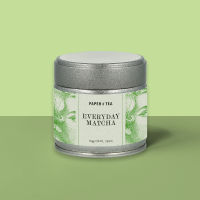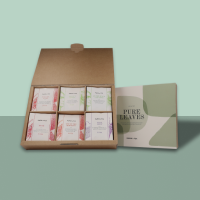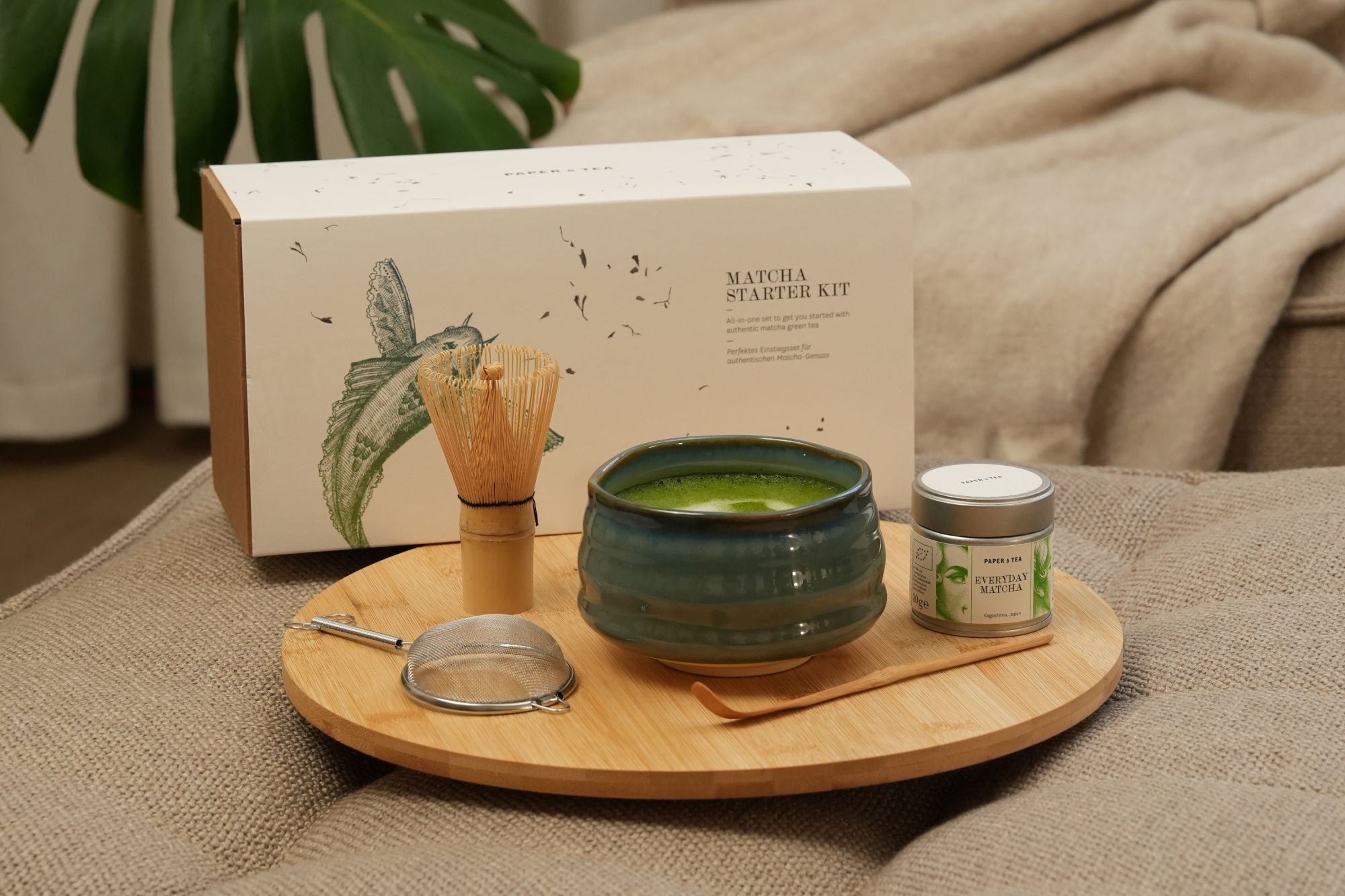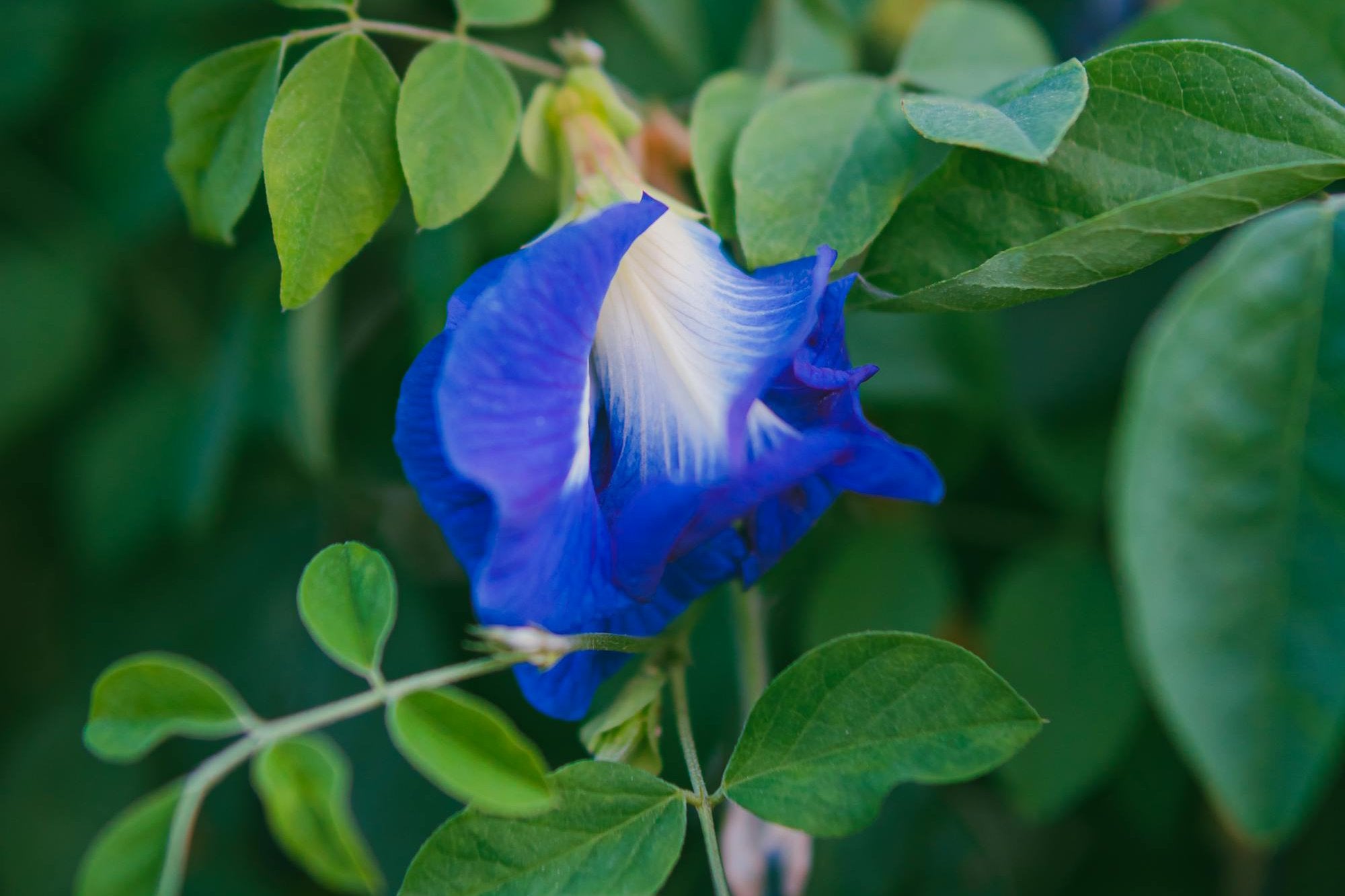Description of Tie Guan Yin
Oolong tea is often mistakenly categorized as a green tea but actually has a distinct and intricate production process. Unlike green tea, where oxidation is swiftly halted by roasting or steaming, the oxidation duration and intensity in Oolong tea vary. This partial oxidation results in a uniquely complex flavor profile, balancing between the fresh character of green tea and the malty taste of black tea.
After an elaborate oxidation process, Tie Guan Yin is gently roasted. The result is an aromatic masterpiece reminiscent of fragrant orchids and roasted nuts. This tea variety captivates with its floral notes, creamy mouthfeel, sweet roasted aromas, and a discernible freshness. Discover everything there is to know about the history and production of Oolong in our magazine and explore other fascinating varieties.
Historical Background
In the lush region of Anxi in China's Fujian province, Tie Guan Yin tea has its historical roots. According to legend, its origin is linked to a mystical event: An old temple housing a statue of Guanyin, the Buddhist goddess of mercy, was in a state of disrepair. A local tea farmer noticed this and wanted to help. One night, he dreamed of Guanyin, who advised him to search for a treasure in a cave behind the temple. Instead of gold, he found a special tea plant. The farmer began cultivating and selling this tea. With the profits, he was able to renovate the temple, and thus Tie Guan Yin tea was born, named after the inspiring goddess who motivated him.
Interesting Facts about Tie Guan Yin
Oolong tea is known for its artfully rolled or twisted tea leaves. These unfurl when steeped in warm water, requiring ample space to release their full range of aromas. Each rolled leaf of Tie Guan Yin preserves the unique flavors developed during its meticulous production processes and is suitable for multiple infusions. This trait makes Oolong tea particularly popular among tea enthusiasts, as each brewing unveils exciting new layers of taste to explore.






















